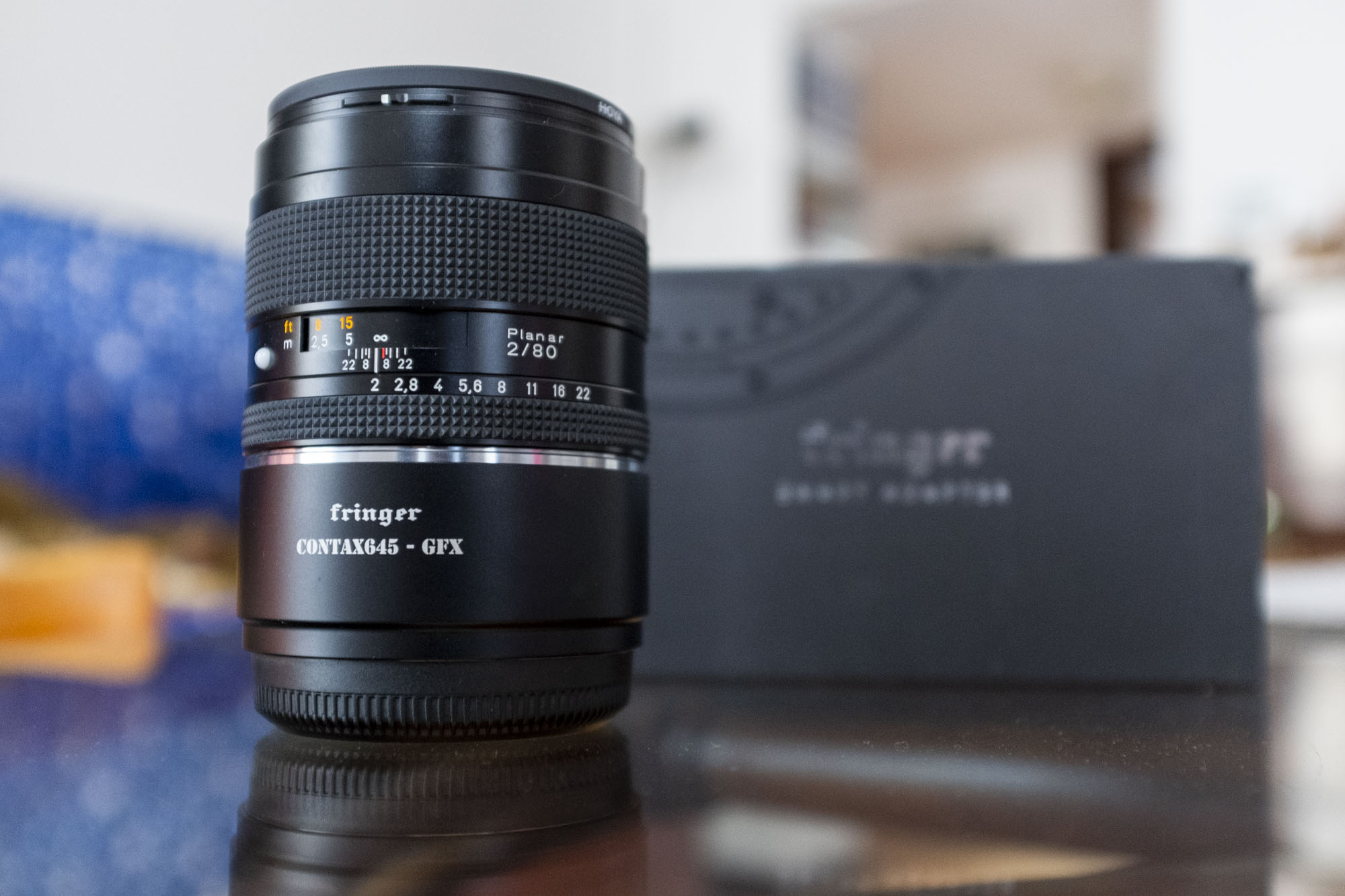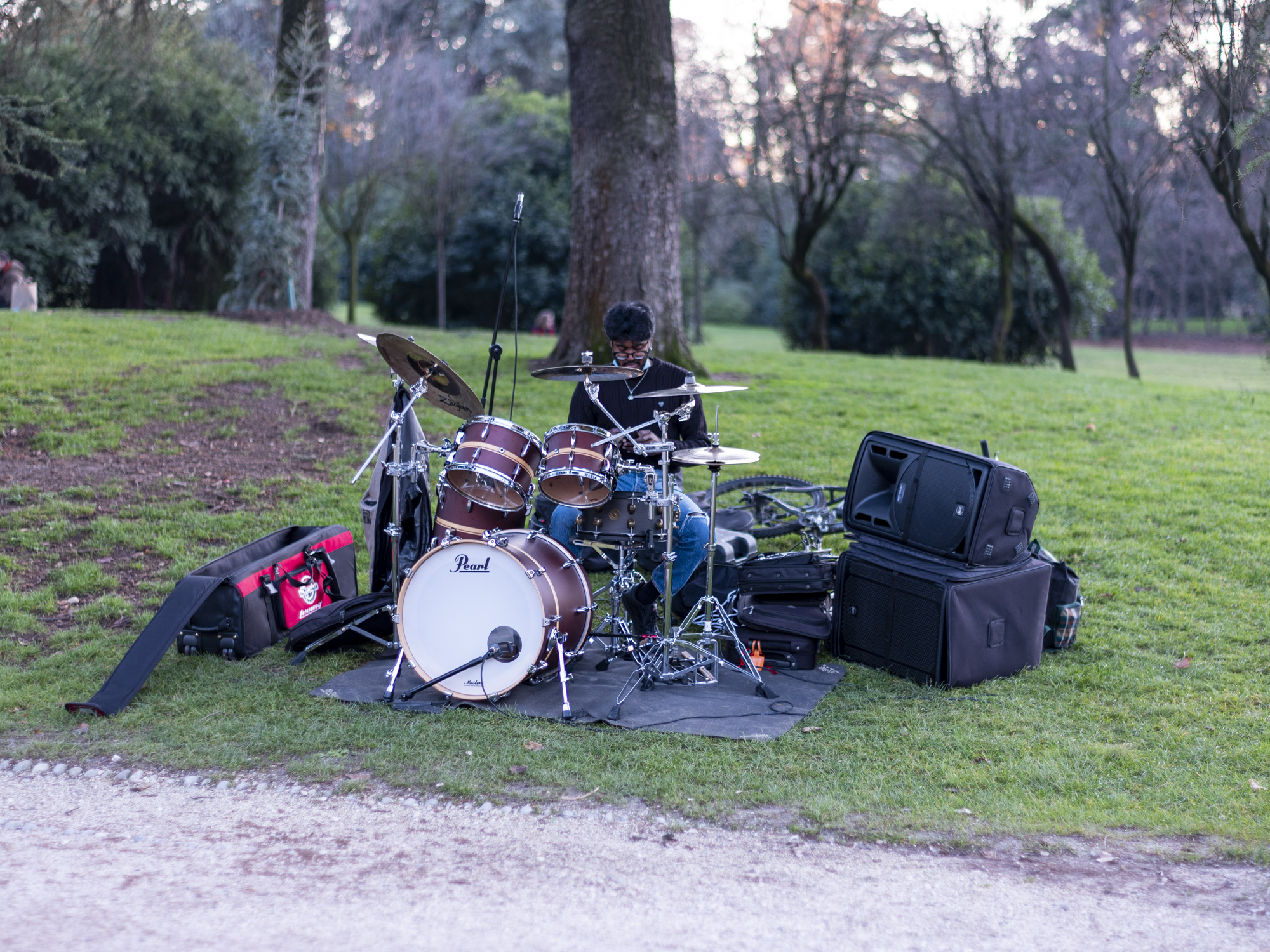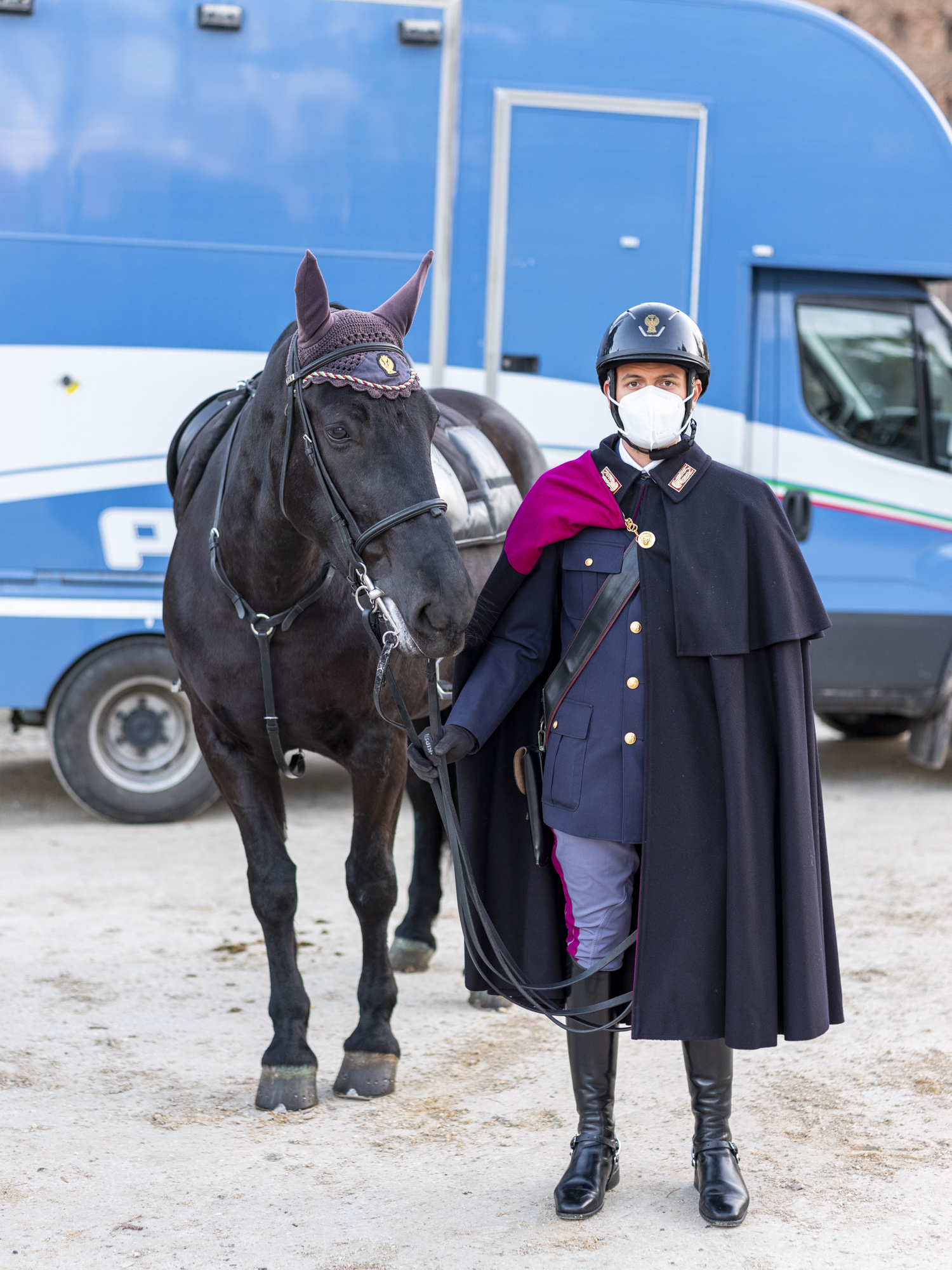TOC
The Contax 645 80mm Planar is a legendary lens that needs no introduction. This lens alone is enough to justify the purchase of a Contax kit and is still used today by countless wedding guests. It is probably one of the most popular medium format lenses ever and one of the latest and most advanced to be produced. However, today shooting only in film can be challenging, especially in terms of costs. In this sense, the attempts to combine analog equipment with digital shooting systems are interesting. The results of this merger are exactly what we’re going to see now.
When I bought a Contax 80mm, I immediately thought of using it mainly on my new Fujifilm GFX 50R. Unfortunately, the Contax system has been dead for more than 15 years, so there are no official adapters. Therefore, it is necessary to resort to third-party adapters, with all the ensuing uncertainties. It is the Chinese producers who dominate the market, and my applause goes to them. As an economics graduate, I can only admire the intelligence (and courage) in occupying such a small and peculiar market niche. However, when it comes to quality, we must be hesitant. The choice today is between <a href=“http://www.steelsring.com/en/home/"http://google.com")" target="_blank” rel=“noopener noreferrer”>Steelsring and <a href=“https://www.fringeradapter.com/"http://google.com")" target="_blank” rel=“noopener noreferrer”>Fringer. The differences seem to be small, while prices are quite similar around $ 500.
The products are very similar, so much so that one might think that the same company produces both. In reality, there are some minor differences: I oriented myself on the Fringer due to a more updated site which gave me greater reliability. Reading the reviews online, they also seem positive for the other adapter, which is confirmed to be identical. I then proceeded with the purchase on eBay, contacting the seller for some additional information. Shipping was fast and surprisingly tax-free, even though the product arrived from mainland China and not Hong Kong. The box is well cared for and, although the manual is sparse and photocopied, it contains everything you need to know. Immediately unwrapping it, one is pleasantly surprised by its premium feel.

So I decided to try it now on the GFX and test it. Before showing the images, there are a few notes to be made about its operation. The speed of the autofocus is acceptable, as expected from a 90s autofocus. It’s not lightning-fast, but in most conditions, it does a good job. If you want maximum accuracy, you can switch to manual focusing with magnification in the EVF, as in all cases where focusing is critical. The adapter, even in manual focusing, is always necessary: the diaphragm of this lens is electronically controlled! As for the operation, it is quite smooth. There is some automatic closure of the diaphragm too many when changing aperture, which become unmanageable or almost unmanageable if you put the machine in A, but these are defects declared by the parent company and which are known in advance. The last diaphragm, the most closed one, is not usable.
If all in all the operation passes the formal tests, it is in the use that this combination of adapter and lens is enhanced. The Planar is one of those rare lenses that seems capable of creating photographs by itself, from how much naturalness the shooting process can take. The lens, mounted on the 44x33 sensor, behaves like a 64mm equivalent, a perfect long normal for capturing a wide range of situations. However, this setup can cost even more than the 80mm 1.7 offered by Fuji. The latter offers better sharpness, MTF, and a third of a stop more apertures. So does it make sense to choose the Planar instead of a new lens launched in 2021? In my opinion, yes, even without considering the Planar compatibility with film. First of all, the adapter allows you to use a lens on digital that has been gaining value for several years. On the other hand, as it always happens with digital is inevitable that the newest will depreciate over time. Finally, the yield of the 80mm Fujifilm is according to many too precise and clinical, while with the Planar you enter the realm of magic.
As you have seen, this is not a perfect system, but it is certainly acceptable and allows for excellent results. When the limit, as in this case, becomes the skill of the photographer, then the work of those who made the lens and the adapter was well done. So I can only recommend Fringer and I congratulate you once again for giving new digital life to a giant of the recent past! A little gallery here with the on-field results:









